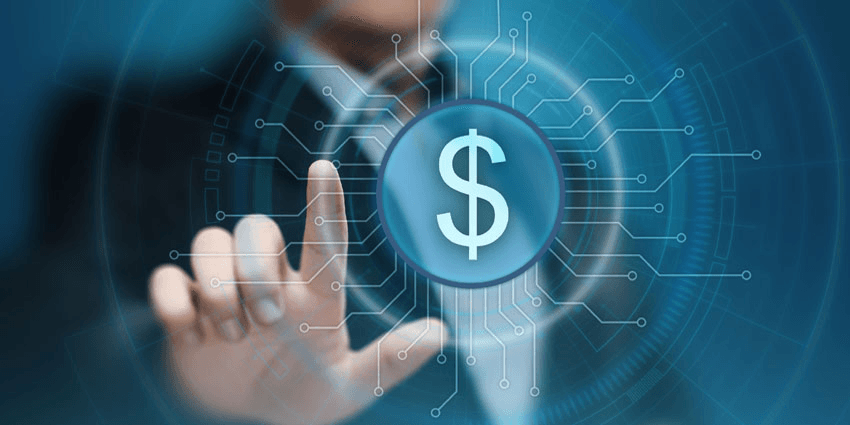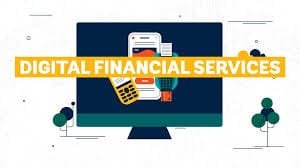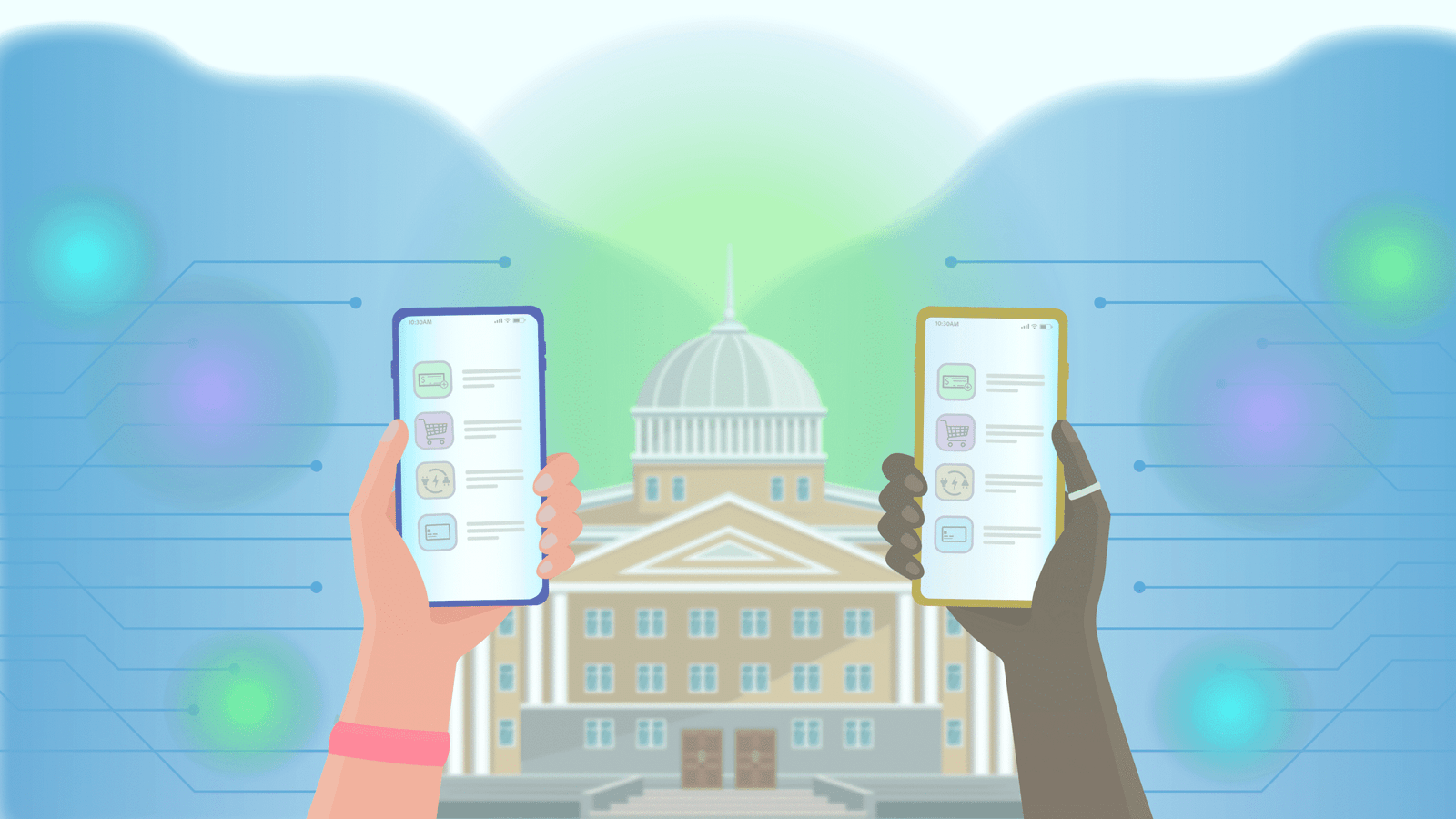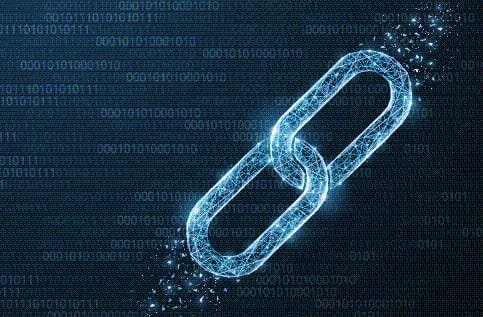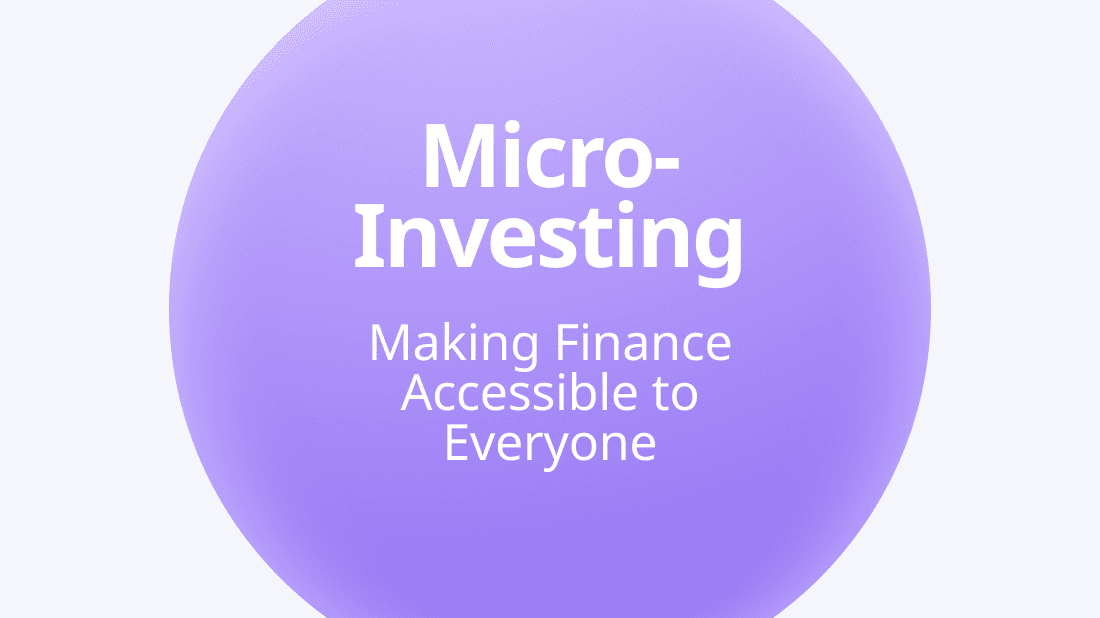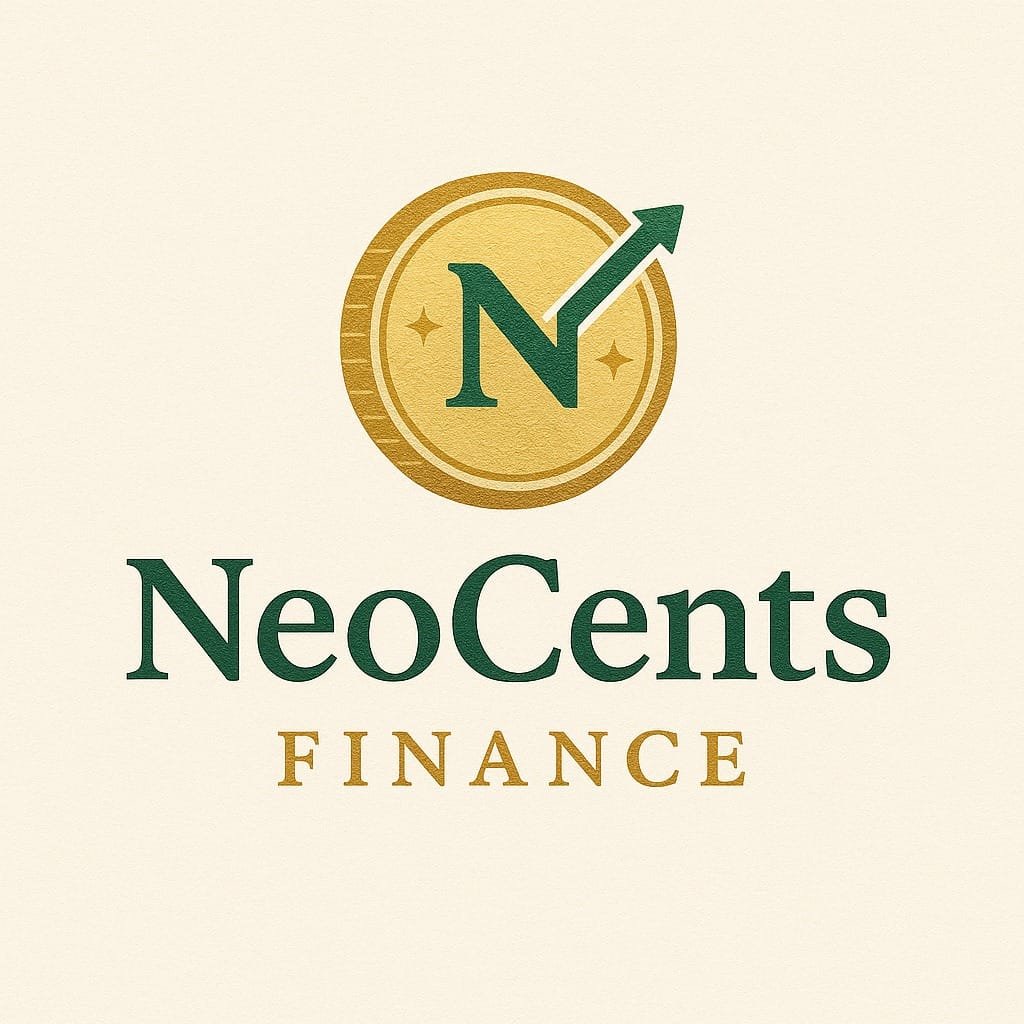We live in a world where tapping your phone can pay for groceries, sending money across continents takes seconds, and checking your investment portfolio happens before your morning coffee. Money has gone digital, and fast.
But while access has increased, understanding has not always kept pace.
Digital finance is not just a trend. It is now the very framework of how we earn, spend, save, invest, and protect our resources. Knowing how to use digital financial tools is no longer optional; it is a survival skill. This is where digital finance literacy comes in.
In this article, we will break down what digital finance literacy means, why it matters more than ever, who needs it, and how we can collectively build a smarter, more empowered financial future.
1. What Is Digital Finance Literacy?
At its core, digital finance literacy is the ability to understand and effectively use digital tools to manage your financial life. It combines traditional financial literacy with digital competence.
That means knowing not just what money is and how to use it, but also understanding the digital systems, apps, and platforms that shape our financial decisions today.
Digital finance literacy includes:
Knowing how to use online banking and mobile wallets.
Understanding how digital payments work.
Safely managing digital passwords and financial data.
Navigating apps for budgeting, saving, and investing.
Recognizing online financial scams and fraud.
Making decisions about digital credit or buy-now-pay-later services.
Understanding how digital footprints and data affect your credit, marketing offers, or borrowing access.
It is the new literacy required in a digital-first financial world.
2. Why It Matters More Than Ever
It is tempting to assume that younger generations, raised on smartphones, are naturally financially literate in the digital space. But being able to swipe or download does not mean someone truly understands the systems behind those actions or the consequences of poor decisions.
Here is why digital finance literacy is not just helpful, it is essential:
A. The Rise of Cashless Societies
In many countries, cash transactions have drastically declined. Digital payments now dominate, from QR codes in rural markets to biometric scans in urban banks. Not knowing how to navigate these tools can create barriers to participation in everyday life.
B. Cybercrime and Digital Scams Are Soaring
According to global cybersecurity data, financial phishing scams and digital fraud have increased sharply. People lose billions annually to fake investment apps, fake banking alerts, and phishing emails. Digital literacy is the first line of defense.
C. Access Does Not Equal Empowerment
Millions now have access to mobile banking. But access without education can lead to misuse. Predatory lending apps, exploitative credit products, and unregulated crypto schemes thrive on digital finance ignorance.
D. Financial Technology Moves Fast
Every year brings new apps, terms, and services: DeFi, digital wallets, BNPL, NFTs, robo-advisors. Without literacy, people can feel overwhelmed, or worse, be left behind.
Digital finance literacy bridges the gap between innovation and inclusion.
3. What Digital Finance Literacy Looks Like in Real Life
Imagine two people:
Person A knows how to check her bank balance online, but she uses the same password everywhere and clicks links from unknown texts.
Person B not only uses budgeting and investing apps but also understands the risks of connecting unsecured apps to her financial data. She reads the terms before using a new wallet and reviews her transaction history monthly.
Only one of them is truly digitally finance literate.
The skills include:
Setting up strong, secure passwords and using two-factor authentication.
Understanding the difference between fixed interest and compound interest in a savings app.
Knowing how peer-to-peer transfers differ from traditional wire transfers.
Avoid fake apps that mimic legit financial platforms.
Reading app reviews and terms before giving access to personal data.
Identifying “too good to be true” investment offers.
Evaluating fees, interest, and privacy policies.
It is not just about using the tools; it is about using them safely, wisely, and effectively.
4. The Consequences of Low Digital Finance Literacy
When people do not understand the tools they use, it opens the door to serious risks. These include:
A. Increased Debt and Financial Stress
Easy access to digital credit and BNPL schemes can lead to overspending without awareness of interest rates or repayment schedules.
B. Exposure to Scams
People who cannot distinguish between legitimate apps and fake ones often fall victim to phishing or identity theft.
C. Loss of Savings or Investments
Uninformed users may invest in unregulated crypto platforms or Ponzi-style digital schemes and lose everything.
D. Lack of Confidence and Exclusion
Many older adults or lower-income individuals avoid digital banking altogether due to fear or lack of knowledge, effectively shutting them out of mainstream financial opportunities.
In short, low literacy leads to high vulnerability.
5. Who Needs Digital Finance Literacy? (Everyone)
There is no age, income level, or geography that makes someone immune to the need for this skill. But let’s break it down by key groups:
A. Students and Young Adults
They are often early adopters of financial apps but may lack understanding of long-term consequences. Teaching them to budget, invest, and protect their data early can set them up for life.
B. Working Professionals
From freelancers to corporate employees, managing income, taxes, retirement plans, and digital savings options requires both financial and digital literacy.
C. Entrepreneurs and Small Business Owners
They use digital finance tools for everything from invoicing to crowdfunding. Mismanaging digital transactions or ignoring online fraud risks can crush a small business.
D. Older Adults and Retirees
They are the most targeted for scams and may be the least comfortable with tech. Yet, many of their financial needs, pensions, insurance, and medical payments are shifting online.
E. Low-Income and Rural Populations
Often underserved by traditional banks, many rely solely on mobile money platforms. Without literacy, they are most vulnerable to financial misinformation or exploitation.
6. How Digital Finance Literacy Empowers People
Let’s go beyond fear and talk about what financial digital literacy unlocks.
A. Financial Independence
People can make informed decisions about saving, borrowing, and investing without relying on others or falling for gimmicks.
B. Inclusion in the Digital Economy
From selling crafts online to using remittance apps, digital literacy opens doors to new income streams and services.
C. Safer Financial Habits
With awareness comes caution, stronger passwords, fraud reporting, secure app usage, and better decision-making.
D. Better Wealth Building
Understanding the difference between compounding interest and high-risk investing changes how people grow wealth over time.
E. Improved Confidence
Being literate removes fear. People stop avoiding apps or ignoring tools. They take charge.
7. Building a Digitally Literate Society: Whose Job Is It?
Digital finance literacy is a shared responsibility. Here is who plays a role:
A. Schools and Universities
Curricula need to include modern money skills, not just basic math, but also how to use a budget app, read a loan agreement, and recognize fraud alerts.
B. Governments and Policymakers
They can launch public awareness campaigns, regulate predatory digital finance products, and subsidize community workshops.
C. Tech Companies and Fintechs
With great innovation comes great responsibility. Apps should be transparent, user-friendly, and include built-in education tools.
D. Employers
Offering workplace workshops or access to digital finance courses can improve employee well-being and productivity.
E. Families and Peers
Financial conversations should be normalized. Parents should model good habits and talk openly about tools and choices.
It is not enough to build faster tech. We must ensure people can use it wisely.
8. Key Digital Finance Concepts Everyone Should Know
Here is a cheat sheet of digital finance concepts that every modern adult should understand:
Mobile banking and app-based transactions
Interest rates, compounding, and fees on digital loans
How to read privacy and data-sharing terms
How to use two-factor authentication and secure PINs
What phishing looks like and how to report it
Understanding fintech versus traditional banking
Risks of unregulated crypto platforms
Credit scores and how digital behavior affects them
These are the new ABCs of financial well-being.
Conclusion: The Literacy That Shapes Lives
Financial literacy was once about balancing checkbooks and counting coins. Today, it is about navigating a complex digital environment that evolves by the month.
Digital finance literacy is no longer a luxury. It is the foundation of safe, informed, and empowered participation in the economy. It is how people protect their money, grow their wealth, avoid digital traps, and unlock new possibilities.
If we want a financially healthy future, we cannot just give people access. We must give them understanding.
And that starts with education, awareness, and the belief that everyone, no matter their age or background, can learn how to take control of their financial story.

